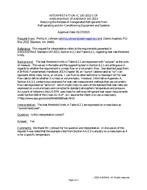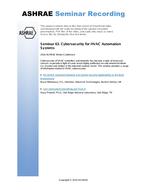Two major types of noise, as well as several minor types, are produced by combustion systems. These two major types are combustion-driven oscillations and combustion roar. When combustion-driven oscillations, characterized by some type of feedback mechanism and a discrete frequency, occur, a,solution to the problem must usually be found to permit satisfactory and safe operation. On the other hand, the normal flame noise, termed combustion roar, has only become of interest in recent years as a result of a desire to improve the working environment near large combustion systems. The following discussion is directed toward combustion roar.
Reported herein are the results of the studies of cold-flow simulation of tunnel-type burners. In this case, the data do show some unusual features as a result of flow (2). Again, similar studies in the literature indicate similar results (5-8). Further, there appears to be agreement with the combustion literature. After presenting the cold flow acoustic studies, a mathematical development is presented for predicting the ratio of power output to a ducted burner exterior to that produced by the burner in an acoustically infinite environment. Power amplification factors are then computed for two specific burner-duct configuration; in one case, a comparison is also made with experimental results. Concluding remarks, nomenclature, and references complete the discussion.
Citation: Symposium Papers, Atlanta, GA, 1978
Product Details
- Published:
- 1978
- Number of Pages:
- 11
- File Size:
- 1 file , 630 KB
- Product Code(s):
- D-AT-78-02-3


